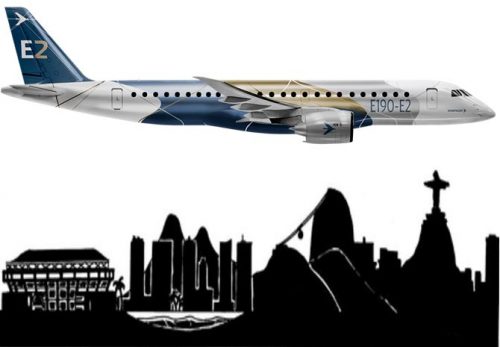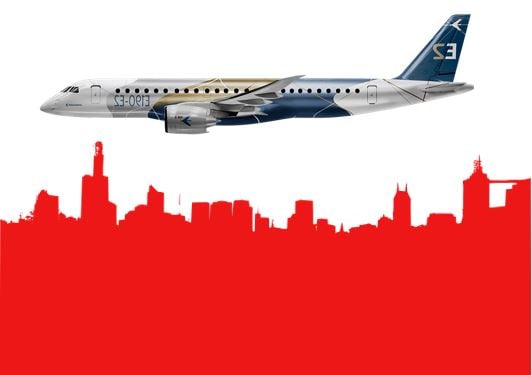As air traffic and pressure on quality of life grow, so does the quest to build a quieter aircraft. New aircraft have already become significantly quieter over recent years, thanks in large part to the development of turbofan engines.
The University of Twente in the Netherlands has got together with Brazil’s aircraft maker Embraer, the German-Dutch Wind Tunnels Foundation, and the Netherlands Aerospace Centre. They have set up a consortium that focuses on the design and development of an even quieter aircraft.
A consortium is an alliance of individuals, companies, or organizations that get together. Their aim is to achieve a common objective that benefits all of them.
Noise pollution
According to German-Dutch Wind Tunnels:
“Noise pollution has become an item of frequent and sometimes intense political, social and economic debate, in particular in densely populated areas around airports. Aircraft noise is created by propulsion units as well as by airframe components such as undercarriages, slats, and flaps.”
Experts say that the greatest gains we can now make are in reducing fuselage noise and airflow along the wings. Airflow along the wings’ attached flaps as well as the landing gear are also areas to focus on.
Aircraft designers’ main challenge is to develop quieter airplanes that can deliver the same or even better performance. The new airplanes must also be at least as cost-effective and safe as existing ones.

Designing and developing a quieter aircraft
During the design process, experts need to be able to test the aircraft and components for noise levels properly.
Due to massive economic interest, the wind tunnels where the aircraft and engines are tested must be as similar to the real thing as possible. In other words, the wind tunnel tests of scale models for these airplanes need to correspond as closely as possible to their performance under real flight conditions.
The engineers in the new consortium say they will pool their expertise and resources to test their engines and aircraft in scenarios that are as close as possible to real-life.
Twente University has two Ph.D. students working on the project. They work at the university’s Engineering and Fluid Dynamics Department. They are using the department’s recently-renovated aeroacoustic wind tunnel.
The tunnel has state-of-the-art flow measurement technology. The researchers say that in the University’s wind tunnel, they can apply the most advanced noise source localization methods.
Embraer knows how to make quieter aircraft
According to John Slattery, President and CEO of Embraer Commercial Aviation, the E190-E2 has the quietest cabin of any in-production single-aisle airplane. During the Farnborough Air Show this year, Slattery invited a team of reporters to come up in an E190-E2 with him.
Andre Allard, a Leeham News reporter, used a Samsung 9 mobile phone App to measure the cabin’s noise level. The average was 68 to 70 decibels (dB). The dB reached about 74 when he sat next to the engine at cruising altitude. The cockpit was at a ‘conversational’ 62dB.
In fact, normal conversation spiked the dB meter beyond the noise of the engines.

